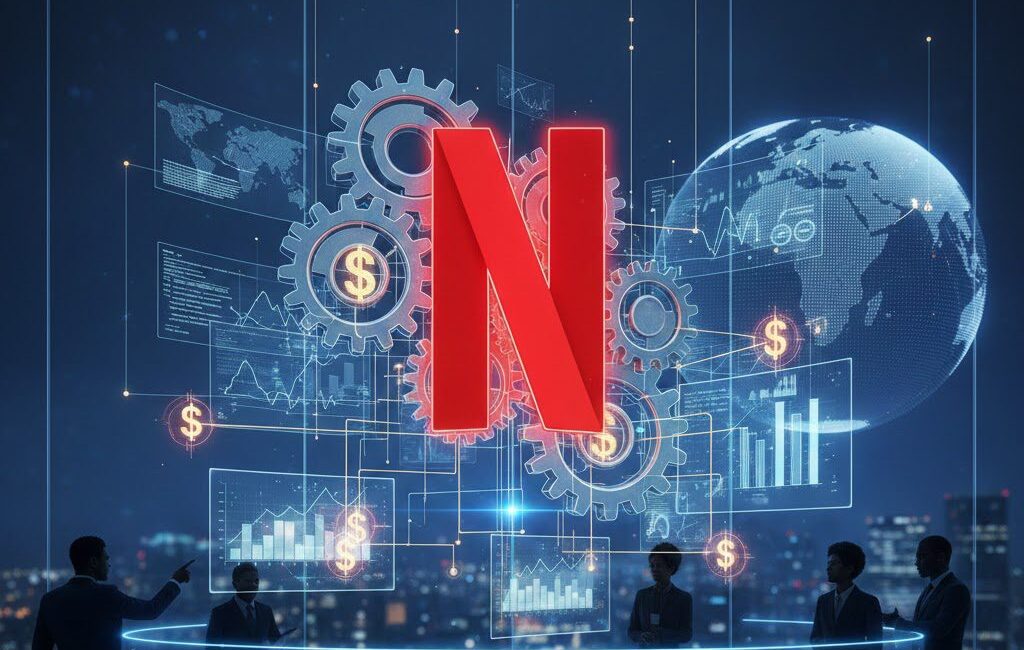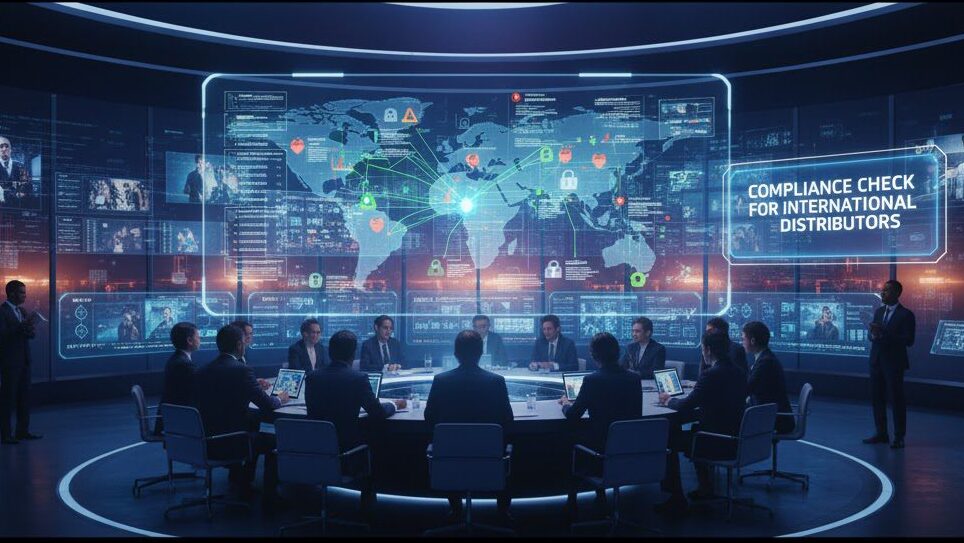Introduction:
In today’s rapidly evolving entertainment landscape, facial recognition in media is emerging as a transformative technology. This blog post delves into the fascinating world of facial recognition in media and its profound impact on the entertainment industry. From content creation to distribution and audience engagement, we’ll explore how this cutting-edge technology is revolutionizing the way we produce, consume, and interact with media.
Facial recognition has come a long way since its inception. In the entertainment industry, it’s now being used for various applications, from enhancing security at live events to personalizing content recommendations. The technology’s ability to accurately identify and analyze facial features has opened up new possibilities for content creators, distributors, and marketers alike
Discover Facial Recognition Opportunities
Connect with industry leaders and explore innovative solutions for your media projects.
Facial recognition in media is revolutionizing the content creation process. Filmmakers and video producers are leveraging this technology to streamline post-production workflows, automate character tagging, and even create special effects. Here are some key applications:
- Automated scene indexing and character tracking
- Improved continuity in editing
- Facial expression analysis for performance enhancement
- Real-time visual effects and digital makeup application
By incorporating facial recognition into their production pipelines, content creators can save time, reduce costs, and achieve more polished final products.
Elevate Your Content Creation
Find cutting-edge facial recognition tools and services to enhance your productions

One of the most powerful applications of facial recognition in media is its ability to deliver personalized experiences and targeted marketing campaigns. Here’s how it’s being used:
- Customized content recommendations based on viewer emotions and reactions
- Dynamic ad insertion tailored to individual viewers
- Interactive experiences that respond to facial expressions
- Audience sentiment analysis for live events and broadcasts
For example, companies like AnimaticMedia and Tippet Studio are pioneering emotion recognition technology for media applications. These innovations allow content distributors to create more engaging and relevant experiences for their audiences.
To learn more about such companies and their offerings, you can create your free account on Vitrina and connect with them for more detailed insights.
Personalize Your Media Strategy
Discover facial recognition solutions to enhance audience engagement and marketing effectiveness
Secure Your Entertainment Venue
Find top-notch facial recognition security solutions for your events and facilities
Button text: Join Vitrina Today
While facial recognition in media offers numerous benefits, it also presents challenges and ethical concerns that the entertainment industry must address:
- Privacy concerns and data protection
- Bias and accuracy issues in facial recognition algorithms
- Consent and transparency in data collection
- Potential for misuse or unauthorized surveillance
Industry stakeholders must work together to develop guidelines and best practices for the responsible use of facial recognition technology in media applications.
Navigate Facial Recognition Challenges
Connect with experts and find solutions to address ethical and technical concerns
As technology continues to advance, the future of facial recognition in media looks promising. Here are some trends to watch:
- Integration with artificial intelligence for more sophisticated content analysis
- Improved accuracy and speed in real-time facial recognition
- Expansion into virtual and augmented reality experiences
- Development of privacy-preserving facial recognition techniques
These advancements will likely open up even more opportunities for innovation in the entertainment industry.
Stay Ahead of the Curve
Discover emerging facial recognition technologies and trends shaping the future of media
Vitrina plays a crucial role in connecting entertainment industry professionals with cutting-edge facial recognition in media solutions. As a platform that provides insights, connections, and discovery of companies related to the entertainment industry, Vitrina offers:
- A comprehensive database of facial recognition technology providers
- Networking opportunities with industry experts and innovators
- Access to the latest research and case studies on facial recognition applications
- A marketplace for buyers and sellers of facial recognition-enabled content and services
By leveraging Vitrina’s resources, entertainment professionals can stay informed about the latest developments in facial recognition technology and find the right partners to implement these solutions in their projects.
Facial recognition in media is transforming the entertainment industry in numerous ways, from enhancing content creation and personalization to improving security and audience engagement. As the technology continues to evolve, it presents both exciting opportunities and important challenges for industry professionals to address. By staying informed and leveraging platforms like Vitrina, entertainment companies can harness the power of facial recognition to create more compelling, efficient, and personalized media experiences for their audiences.
The accuracy of facial recognition in media applications has improved significantly in recent years, with some systems achieving over 99% accuracy in controlled environments. However, factors such as lighting, angles, and diversity in training data can still affect performance.
While there are no specific regulations for facial recognition in entertainment, general data protection laws like GDPR in Europe and CCPA in California apply to the collection and use of biometric data, including facial recognition.
Small production companies can use facial recognition for efficient editing, automated tagging, and even low-cost special effects. These applications can help level the playing field with larger studios by improving productivity and reducing post-production costs.
Future applications may include real-time language dubbing based on lip movements, advanced deepfake detection, immersive VR experiences with facial emotion tracking, and personalized content creation based on viewer facial responses.
































